Sometimes we don’t even realize that some earthly creatures are capable of surviving in space. We’re accustomed to considering our planet as an isolated oasis teeming with life, where constant evolutionary processes take place, new species emerge. And life beyond its boundaries seems impossible. However, there is a hypothesis about the origin of life on Earth, known as the panspermia hypothesis (from the Greek words “pan” meaning “all” or “every” and “spermia” meaning “seed”). It considers the possibility of living organisms, particularly microbial spores, being transported from space. One natural way this could happen is through the impact of meteorites, asteroids, and comets on the planet, potentially “infecting” it with life.
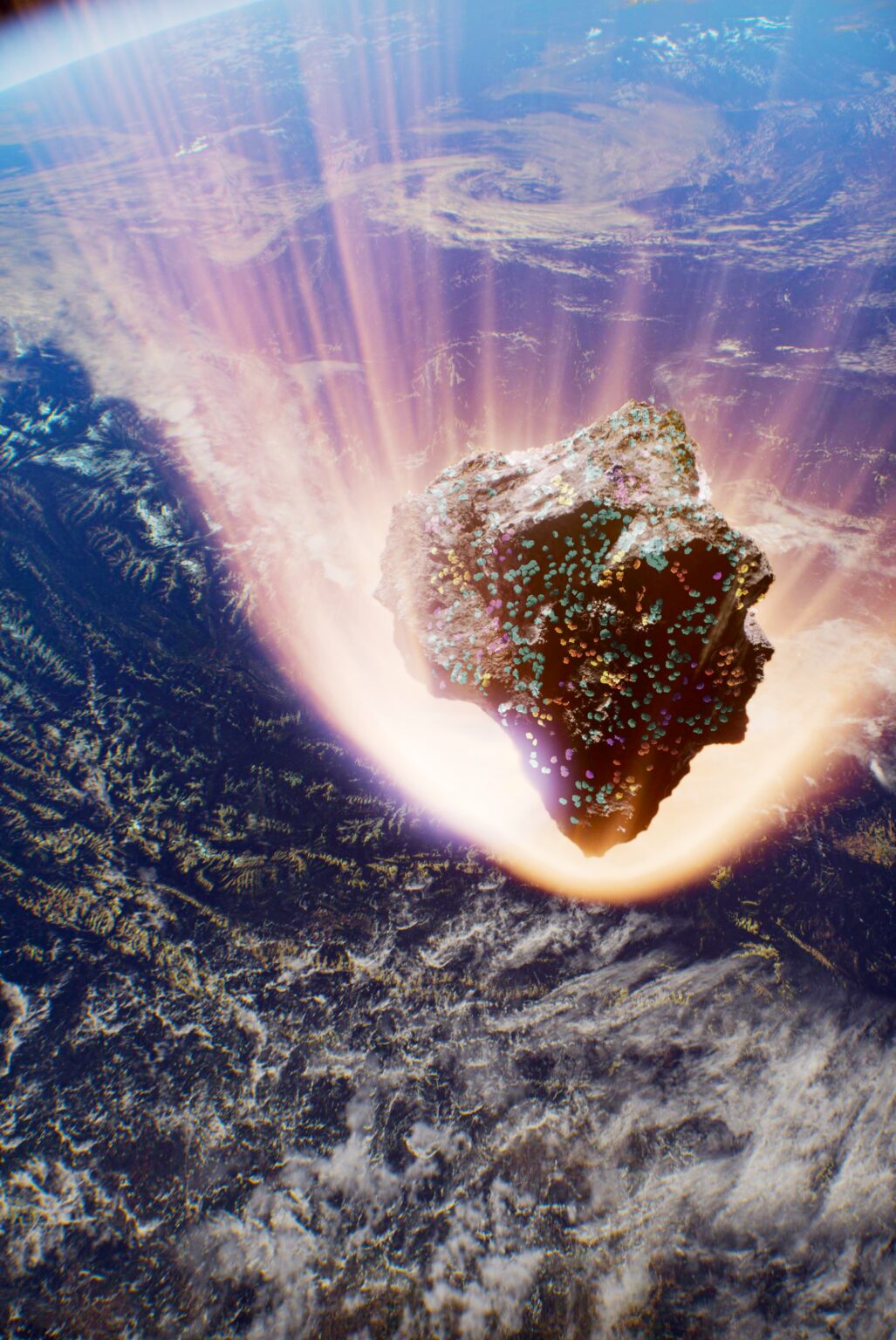
The first mentions of such a possibility can be found in the works of the ancient Greek philosopher Anaxagoras (5th century BCE). This hypothesis was elaborated upon by the Swedish physicist, chemist, and astrophysicist Svante Arrhenius (awarded the Nobel Prize in Chemistry in 1903). Through calculations, he described in detail the possibility of bacterial spores being transported from one planet to another through the pressure of light (electromagnetic radiation). Some extremophilic microorganisms on Earth, which thrive in extreme environmental conditions, continue to amaze us. For example, the well-known bacterium with superpowers, Deinococcus radiodurans, is completely unaffected by radiation, desiccation, or vacuum. It can withstand doses of radiation up to 5,000 Gy with minimal loss of viability and up to 15,000 Gy with 37% viability, while a dose of 5 Gy is lethal for humans. The mechanisms behind its radiation resistance lie in the bacterium’s unique ability to rapidly “repair” damaged DNA and the presence of multiple copies of its genetic information. These extremophiles synthesize special proteins that ensure the integrity of their genetic material, resistance to radiation, UV radiation, and prevention of protein aggregation during extreme conditions such as desiccation. To protect against oxidative stress that occurs during radiation exposure in living systems, Deinococcus radiodurans relies on highly active enzymes such as catalase and superoxide dismutase, as well as a higher ratio of intracellular manganese to iron compared to radiation-sensitive microorganisms.
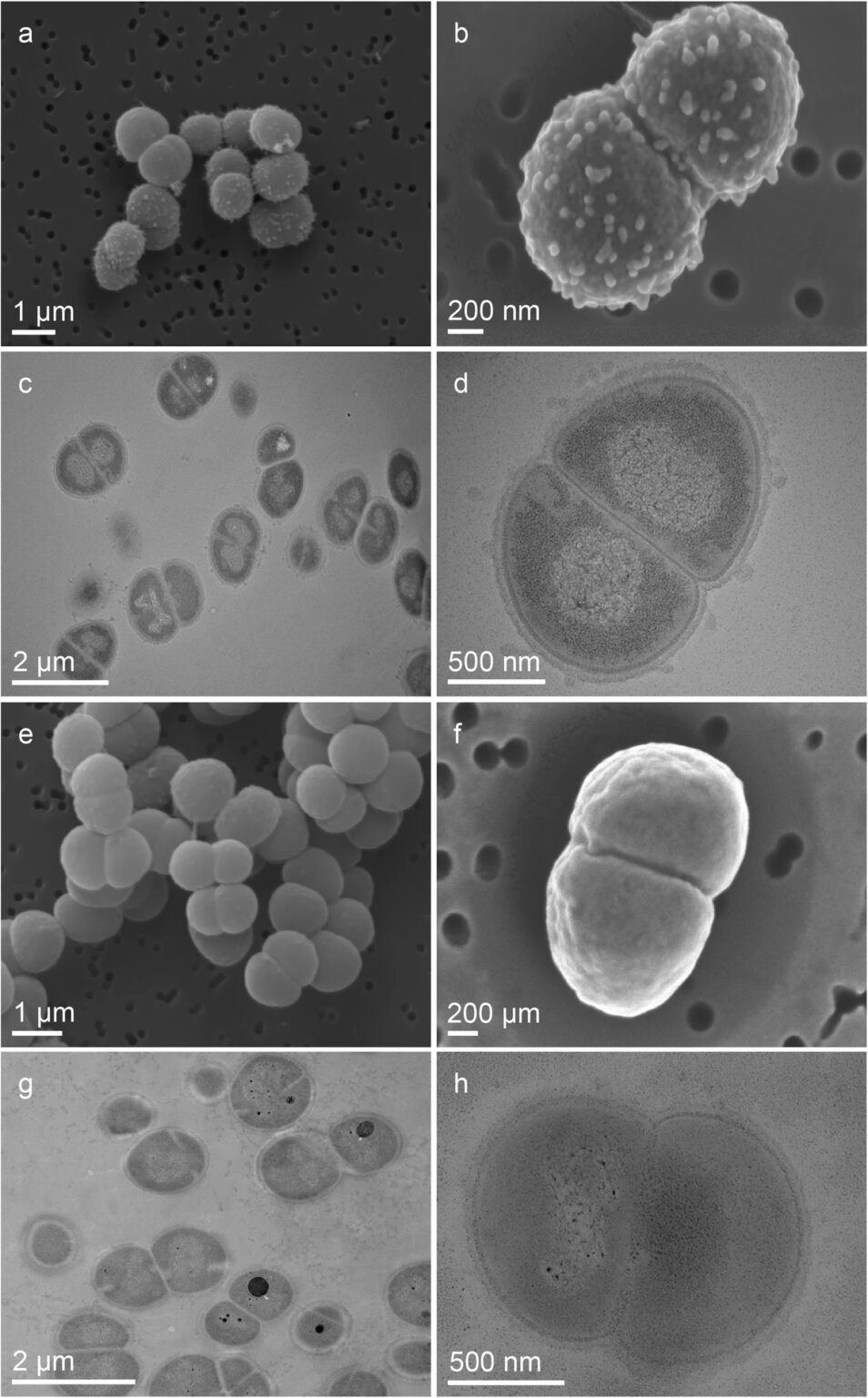
Other living organisms on Earth also possess similar extraordinary abilities. For instance, the development of astrobiology was significantly influenced by the EXPOSE experiments conducted between 2008 and 2015. These experiments hypothetically suggested the possibility of interplanetary travel for spore-forming bacteria such as Bacillus subtilis, lichens (Stichococcus sp, Trichoderma sp, Acarospora sp), plant seeds, and heat-resistant non-spore-forming bacteria like Deinococcus geothermalis. These organisms successfully withstood a combination of hostile factors characteristic of open space, including galactic cosmic and solar UV radiation, extreme vacuum, temperature fluctuations, desiccation, freezing, and microgravity.
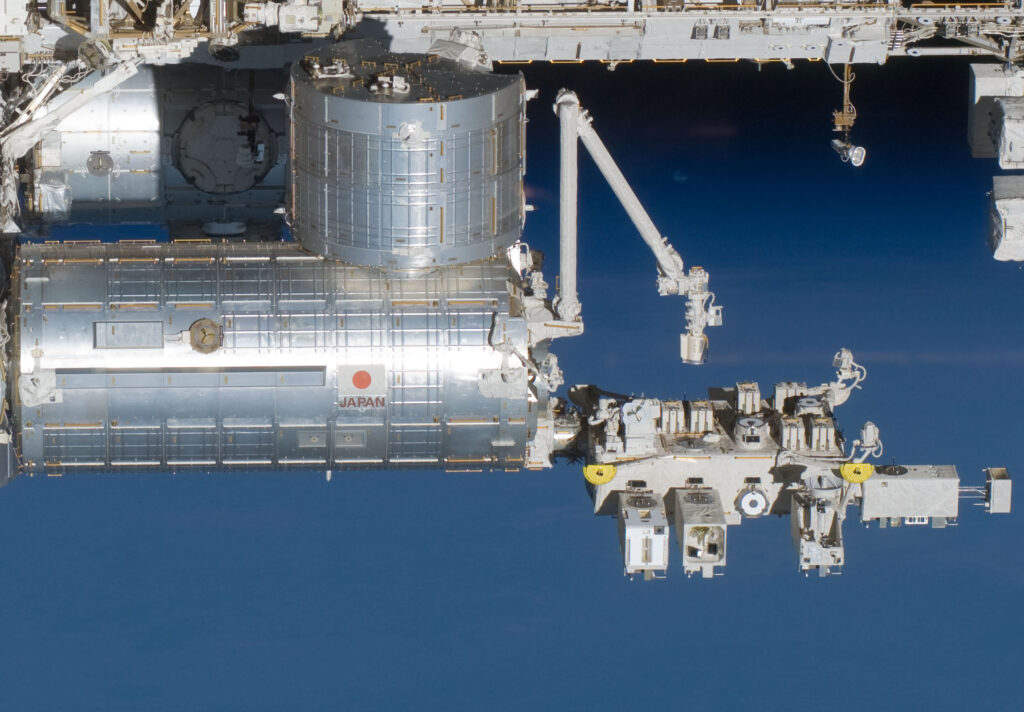
Interesting results were obtained within the Tanpopo space mission on the ISS. Dehydrated cells of Deinococcus radiodurans were subjected to the harsh conditions of open space as part of the Tanpopo mission aboard the orbital complex for a year (from May 2015 to May 2016). The bacteria were placed inside cavities on aluminum plates, covered with quartz filters (to protect against destructive ultraviolet light with wavelengths below 200 nm), and housed in the PSI 5 divice for simulating space conditions, equipped with a temperature control plate. Throughout the year, the bacteria were exposed to UV radiation at a dose of 3.1×103 kJ/m2 (200-315 nm), general cosmic radiation of 250-298 mGy, temperature fluctuations from -21±5°C to +23.9±5°C, pressures ranging from 10-7 to 10-4 Pa, and zero humidity.
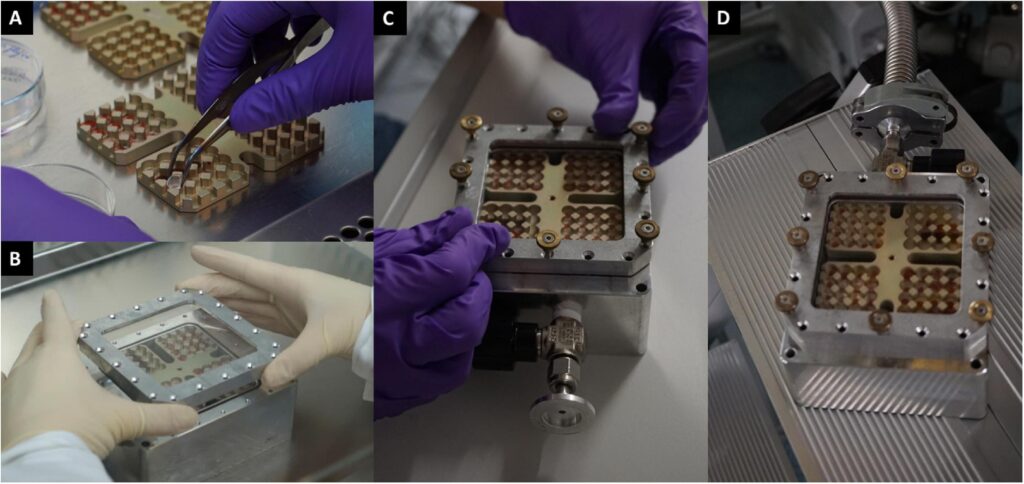
After the samples were returned to Earth, it was discovered that the Deinococcus radiodurans bacteria had successfully survived. Scanning electron microscopy revealed the formation of vesicles on the surface of the cells after space exposure, and the quantity of proteins responsible for intracellular transport and protease enzymes significantly increased, potentially as a response to stress. To protect against reactive oxygen species within the cells, the bacteria increase the production of catalase and putrescine enzymes, which prevent damage to cellular components. Deinococcus radiodurans bacteria primarily focus on mechanisms for the restoration and “repair” of damaged DNA segments. Thus, after a year in space, this species effectively utilized various molecular strategies for survival in seemingly inhospitable space conditions.
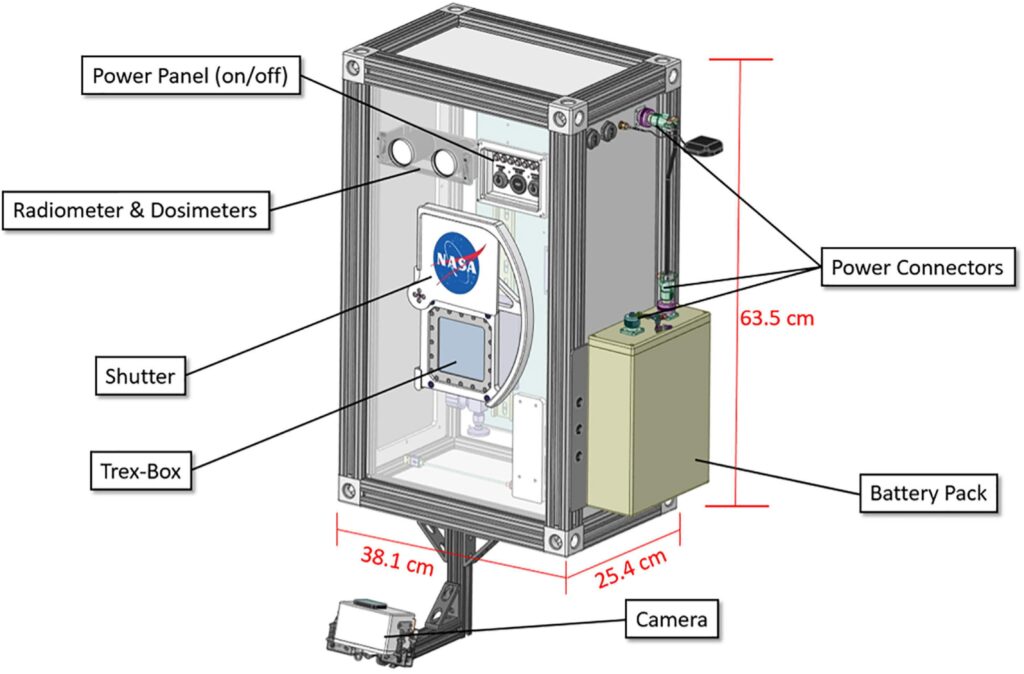
In September 2019, scientists began studying the survival potential of various microorganisms under Mars-like conditions. The study included the bacteria Salinisphaera shabanensis (acquired from a depth of 1.3 km in the Shaban Deep of the Red Sea, where maximum salinity reaches 26%), Buttiauxella sp (acquired from an oxygen-deprived, nutrient-poor sulfide source in Germany), Staphylococcus capitis subsp. capitis, and spores of the microscopic fungus Aspergillus niger. The latter two microorganisms are potentially pathogenic to humans (Aspergillus niger can cause respiratory diseases, especially in enclosed spaces, and Staphylococcus capitis subsp. capitis can cause infections in newborns) and have previously been found on the ISS. They were placed in a specially designed hermetic container called the Trex-Box, made of stainless steel, and filled with a mixture of gases similar to the Martian atmosphere. The container with the biological material was placed in the MARSBOx (Microbes in Atmosphere for Radiation, Survival, and Biological Outcomes Experiment) instrument, equipped with sensors, and attached to a high-altitude scientific balloon by NASA. The balloon reached an altitude of 38 km, where radiation levels were similar to those in the equatorial regions of Mars. The dehydrated microorganisms were exposed to UV radiation at a dose of 1148 kJ/m2 or protected from it by filters. After five hours of exposure in the stratosphere, the biological samples were analyzed. The spores of the fungus Aspergillus niger and the cells of Salinisphaera shabanensis proved to be the most resilient. The bacterium Buttiauxella sp was completely inactivated, and the microorganism Staphylococcus capitis subsp. capitis survived only when protected by UV filters. Thus, the obtained data indicate the survival of various microorganisms associated with spacecraft under Mars-like conditions. These results support the hypothesis that pigmented microscopic fungi could withstand the conditions on the Martian surface if accidentally delivered there by spacecraft and are the most likely contaminants that could “pollute” Martian soil.
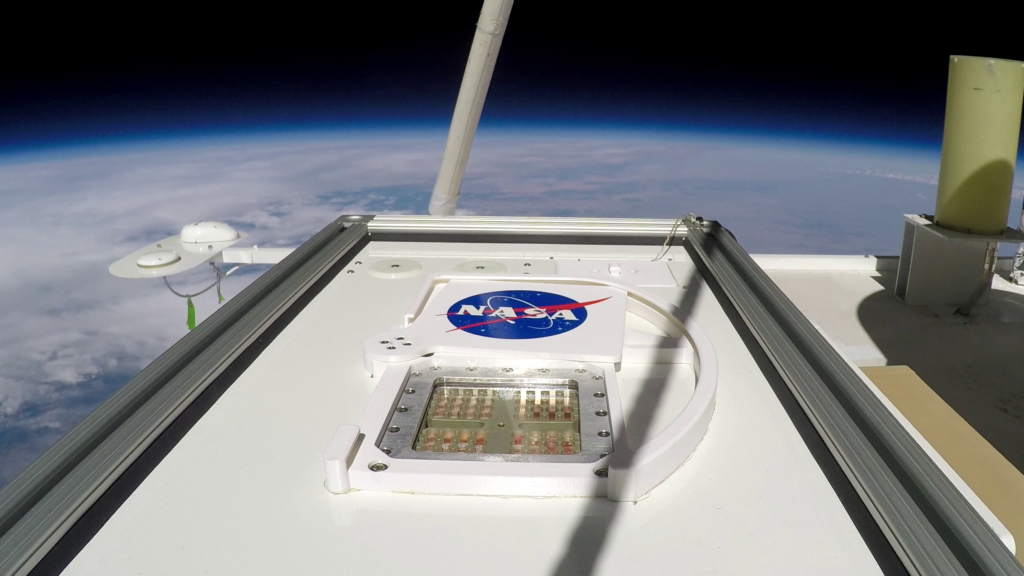
Recently, this data may have seemed like strange fantasies of futurists, but today the question arises about the need for careful sterilization of spacecraft and their equipment to avoid the realization of the theory of technogenic panspermia — the “contamination” of planets with Earth life forms through interplanetary vehicles and associated objects. And then, perhaps we or our descendants will be able to explore other planets in their pristine beauty, and perhaps even our beautiful Earth with its unexplored ocean depths, polar deserts, and towering mountains.
You can also read about how bacteria can help colonize the Moon and Mars.
